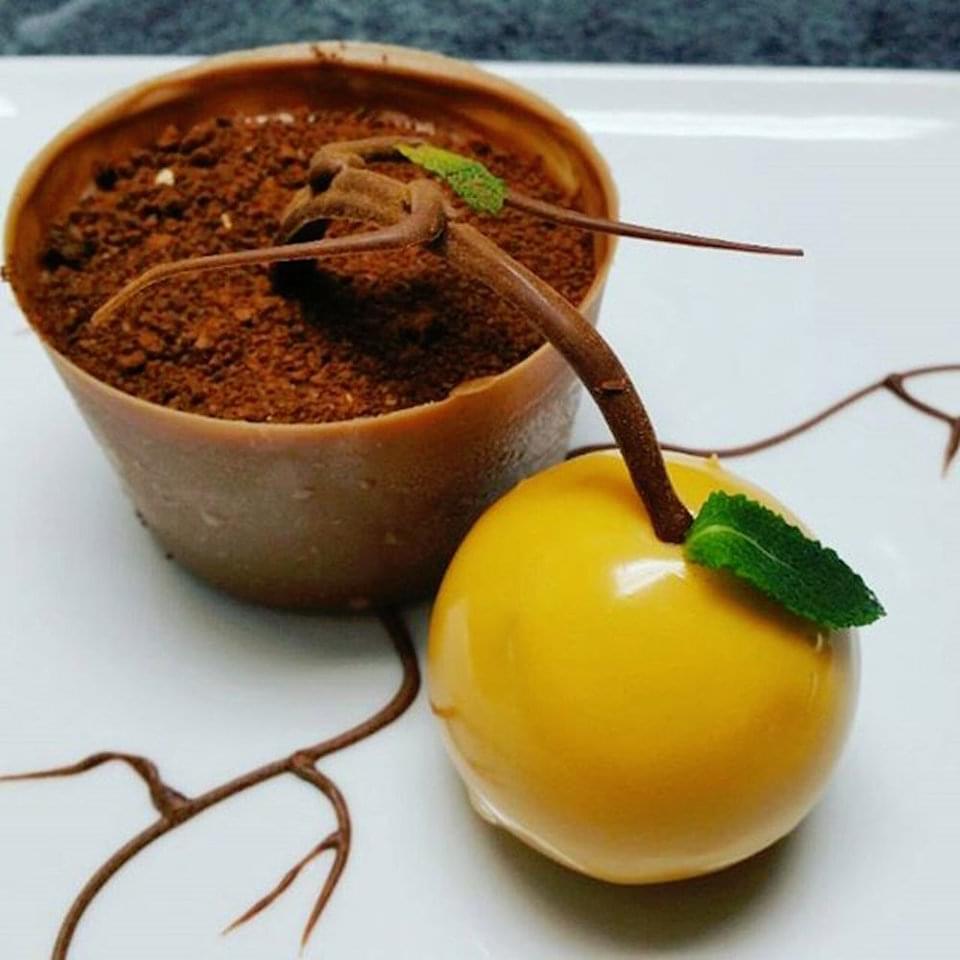(HU) Stresszhelyzetben a növények is kiabálnak
MIT engineers can closely track how plants respond to stresses using sensors made of carbon nanotubes.

MIT engineers have developed a way to closely track how plants respond to stresses such as injury, infection, and light damage, using sensors made of carbon nanotubes. These sensors can be embedded in plant leaves, where they report on hydrogen peroxide signaling waves.
Sensors distinguish between different types of stress
Plants use hydrogen peroxide to communicate within their leaves, sending out a distress signal that stimulates leaf cells to produce compounds that will help them repair damage or fend off predators such as insects. The new sensors can use these hydrogen peroxide signals to distinguish between different types of stress, as well as between different species of plants.
“Plants have a very sophisticated form of internal communication, which we can now observe for the first time. That means that in real-time, we can see a living plant’s response, communicating the specific type of stress that it’s experiencing,” says Michael Strano, the Carbon P. Dubbs Professor of Chemical Engineering at Massachusetts Institute of Technology (MIT).
New strategies to improve crop yields
This kind of sensor could be used to study how plants respond to different types of stress, potentially helping agricultural scientists develop new strategies to improve crop yields. The researchers demonstrated their approach in eight different plant species, and they believe it could work in many more.
The researchers tested strawberry plants, spinach, arugula, lettuce, watercress, and sorrel, and found that different species appear to produce different waveforms – the distinctive shape produced by mapping the concentration of hydrogen peroxide over time. They hypothesize that each plant’s response is related to its ability to counteract the damage. Each species also appears to respond differently to different types of stress, including mechanical injury, infection, and heat or light damage.
“This waveform holds a lot of information for each species, and even more exciting is that the type of stress on a given plant is encoded in this waveform,” Strano says. “You can look at the real time response that a plant experiences in almost any new environment.”
Related news
Related news
KSH: industrial production fell by 5.4 percent in November compared to the same period of the previous year and by 2.0 percent compared to the previous month
🎧 Hallgasd a cikket: Lejátszás Szünet Folytatás Leállítás Nyelv: Auto…
Read more >Does the consumer or the food industry shape what ends up on the table?
🎧 Hallgasd a cikket: Lejátszás Szünet Folytatás Leállítás Nyelv: Auto…
Read more >



